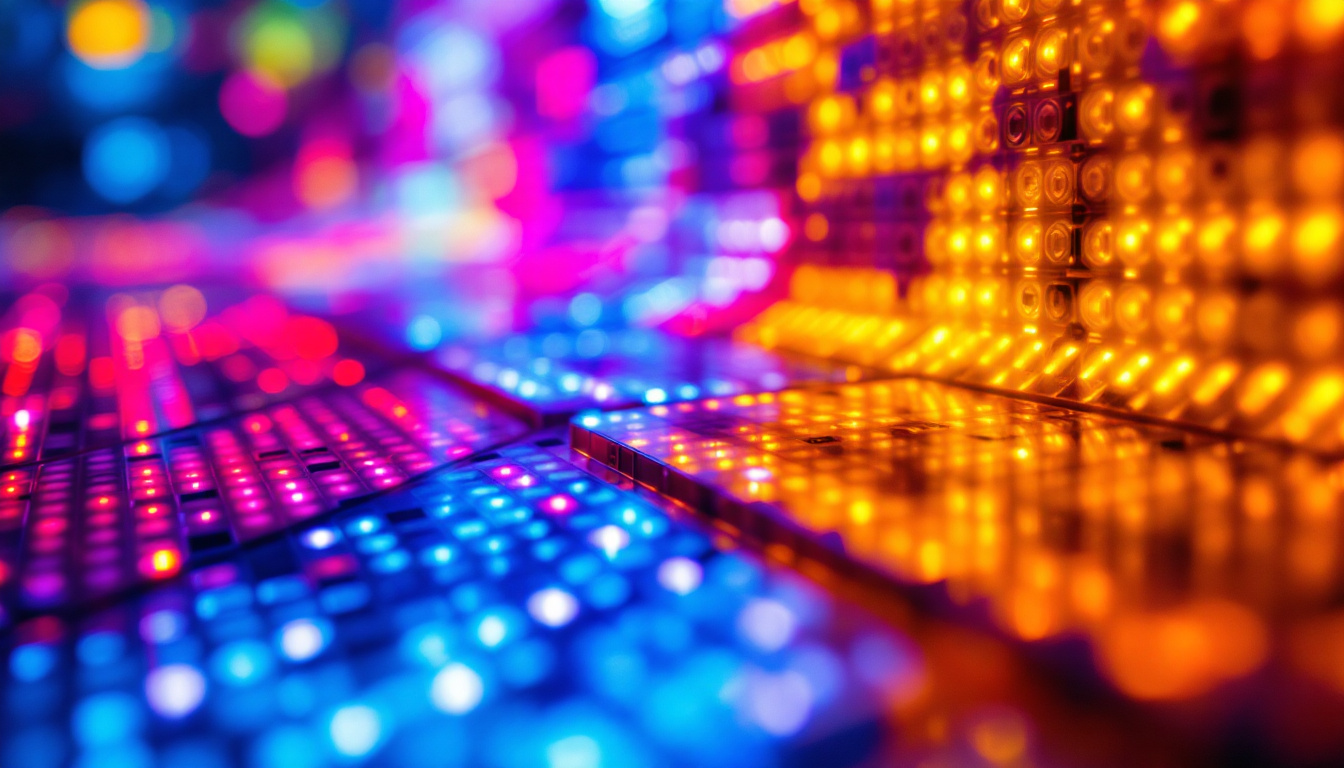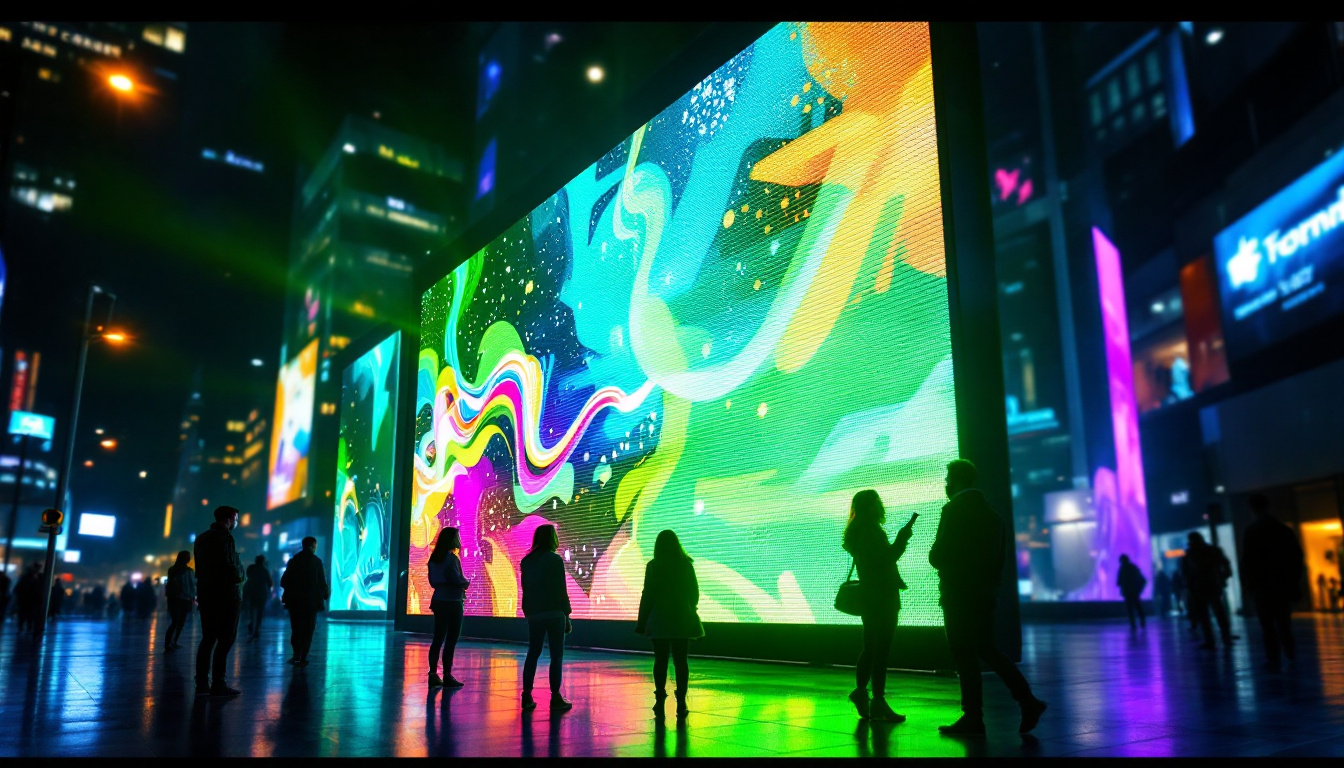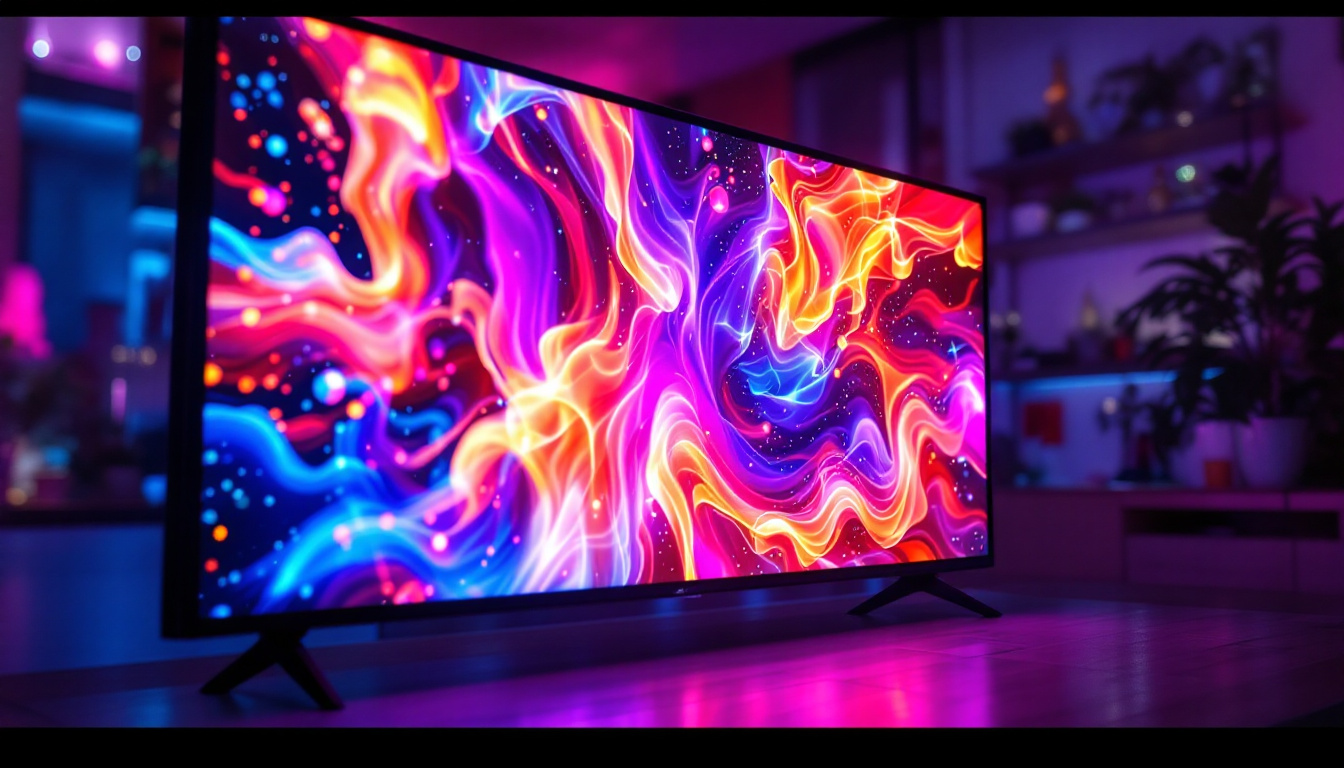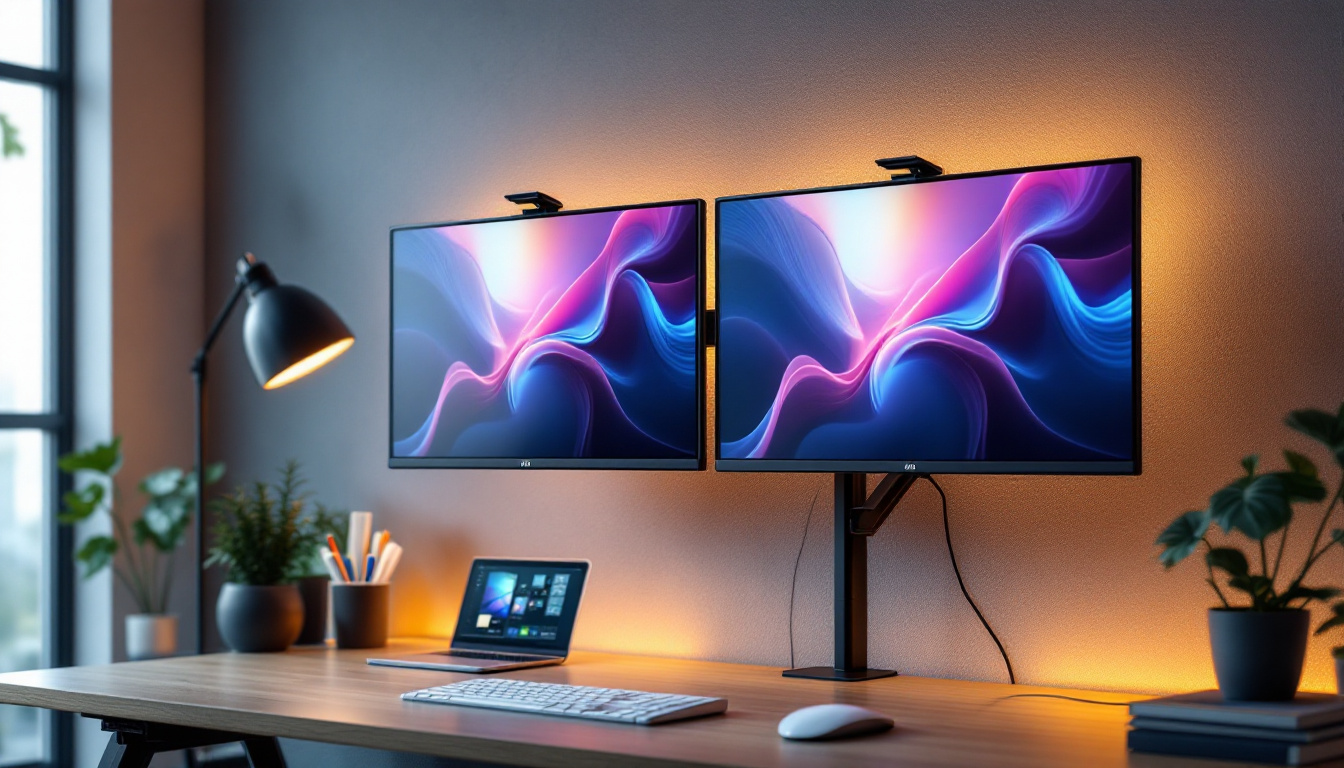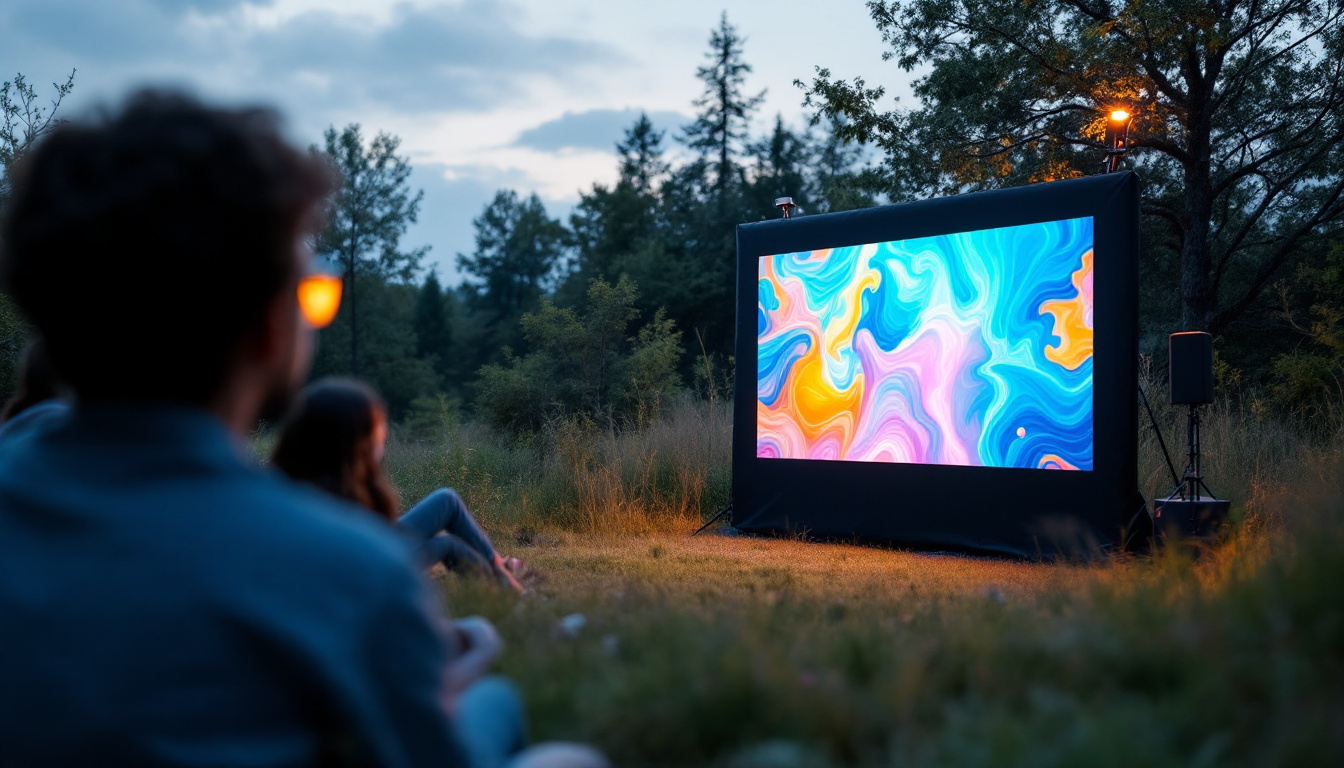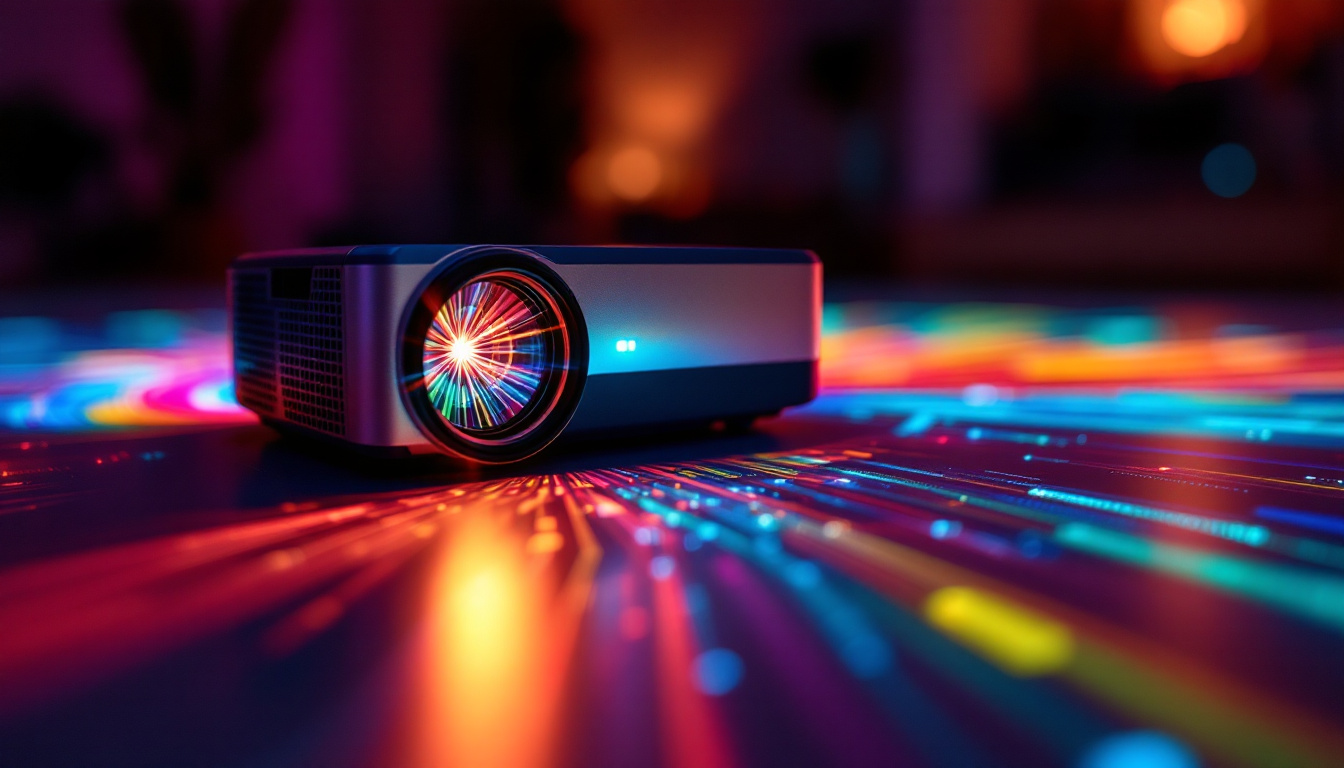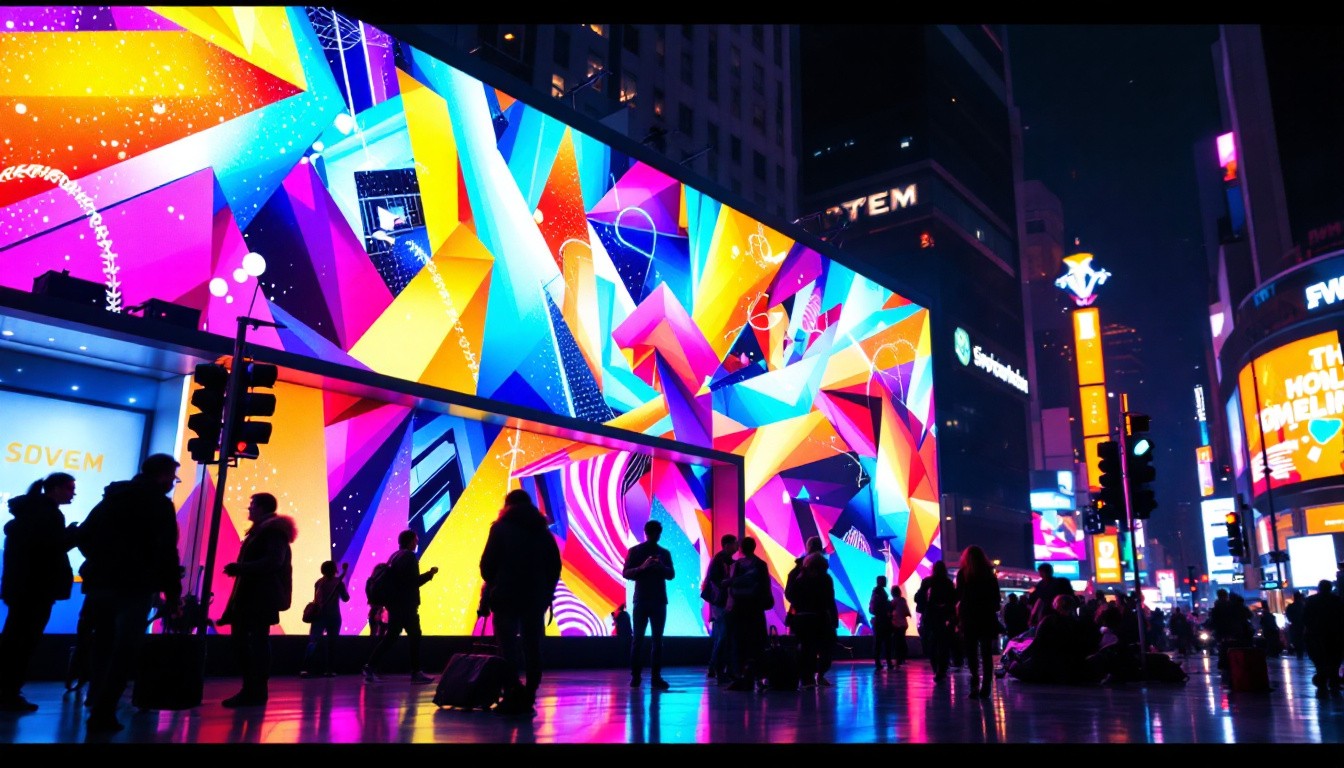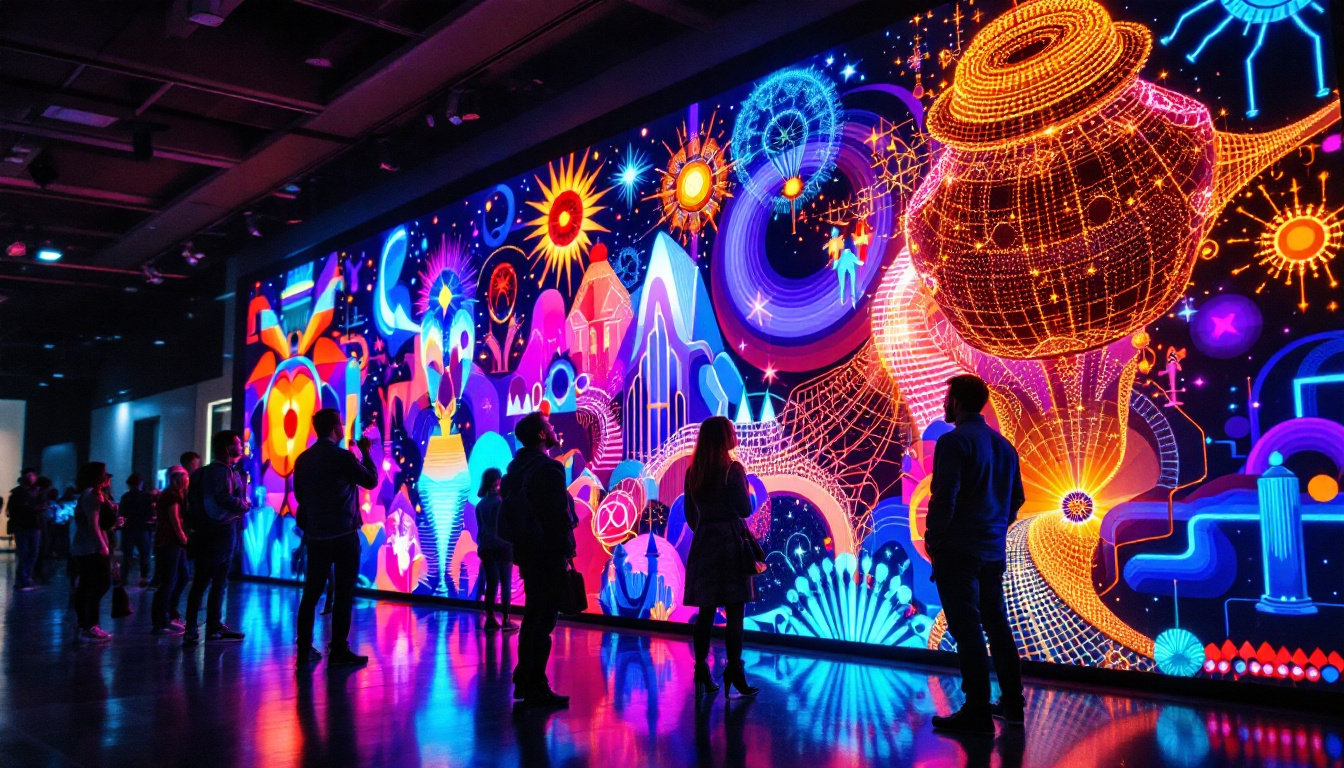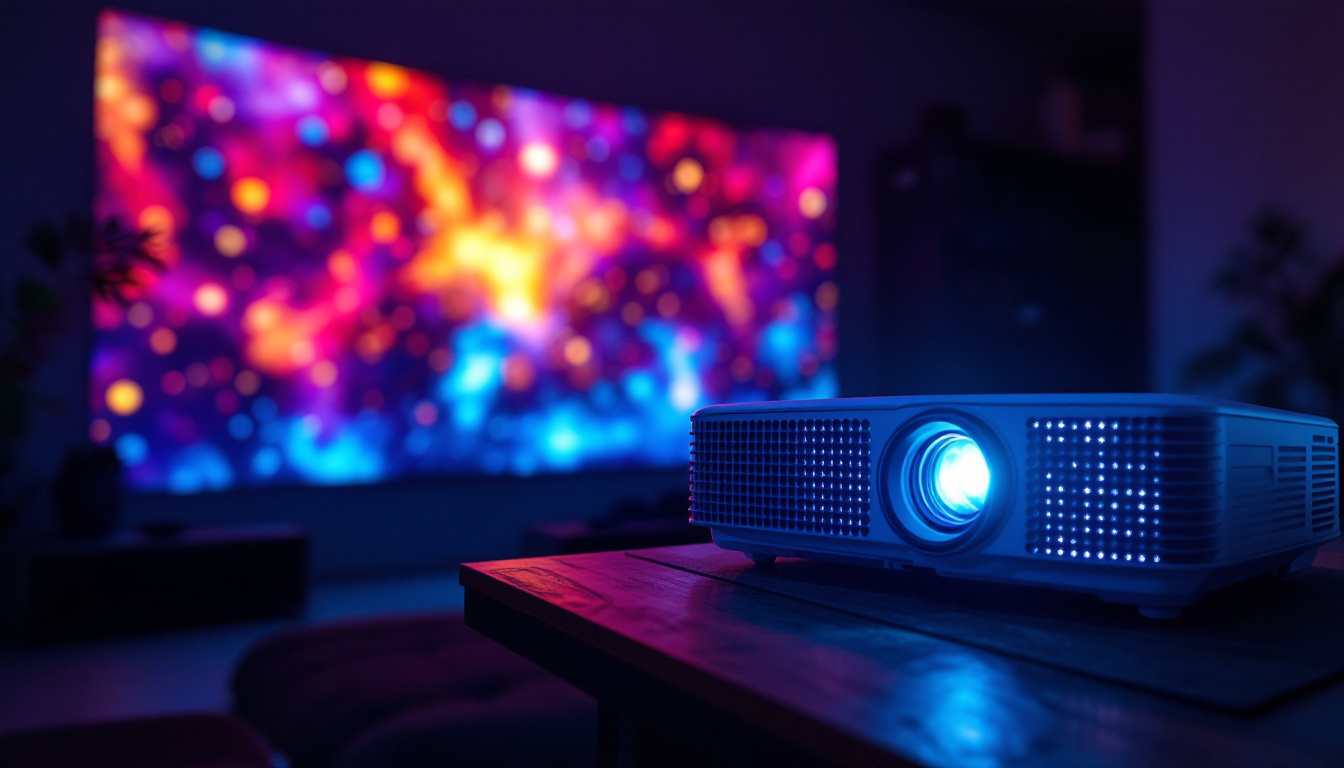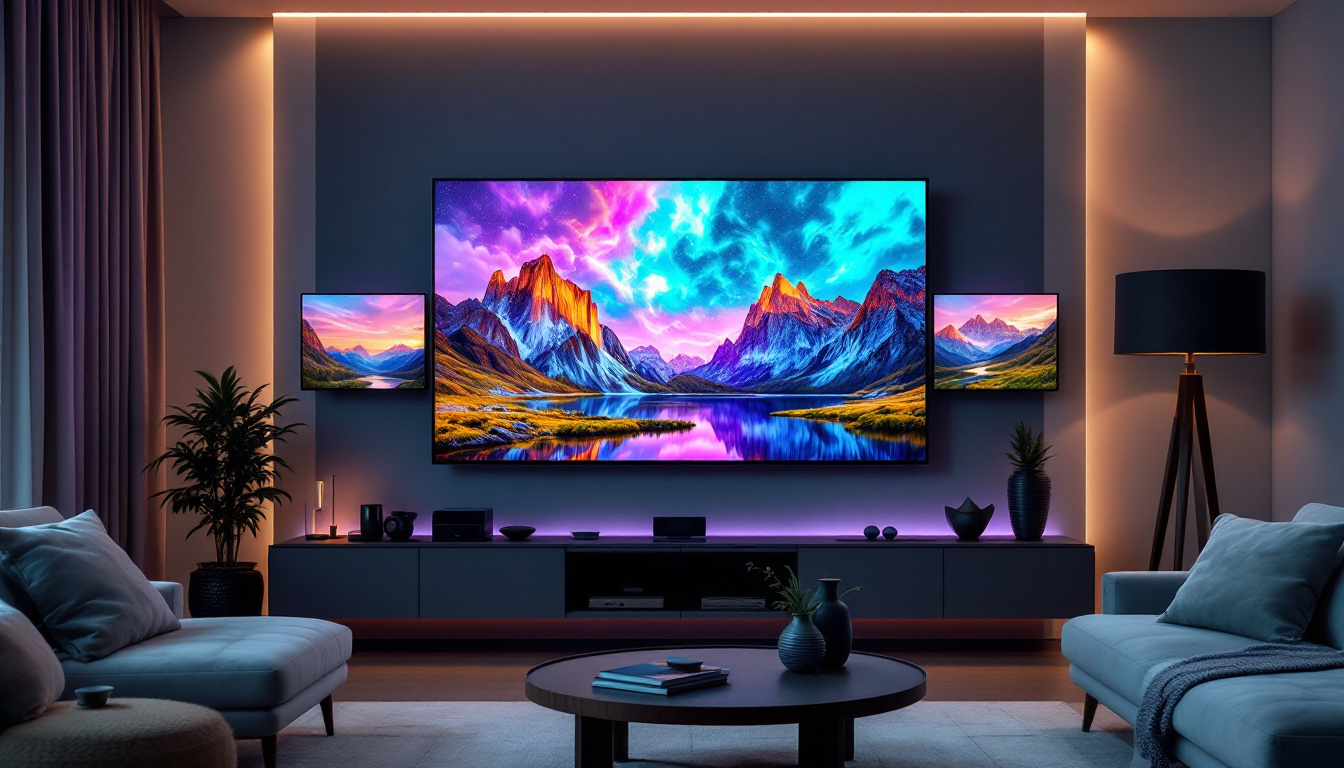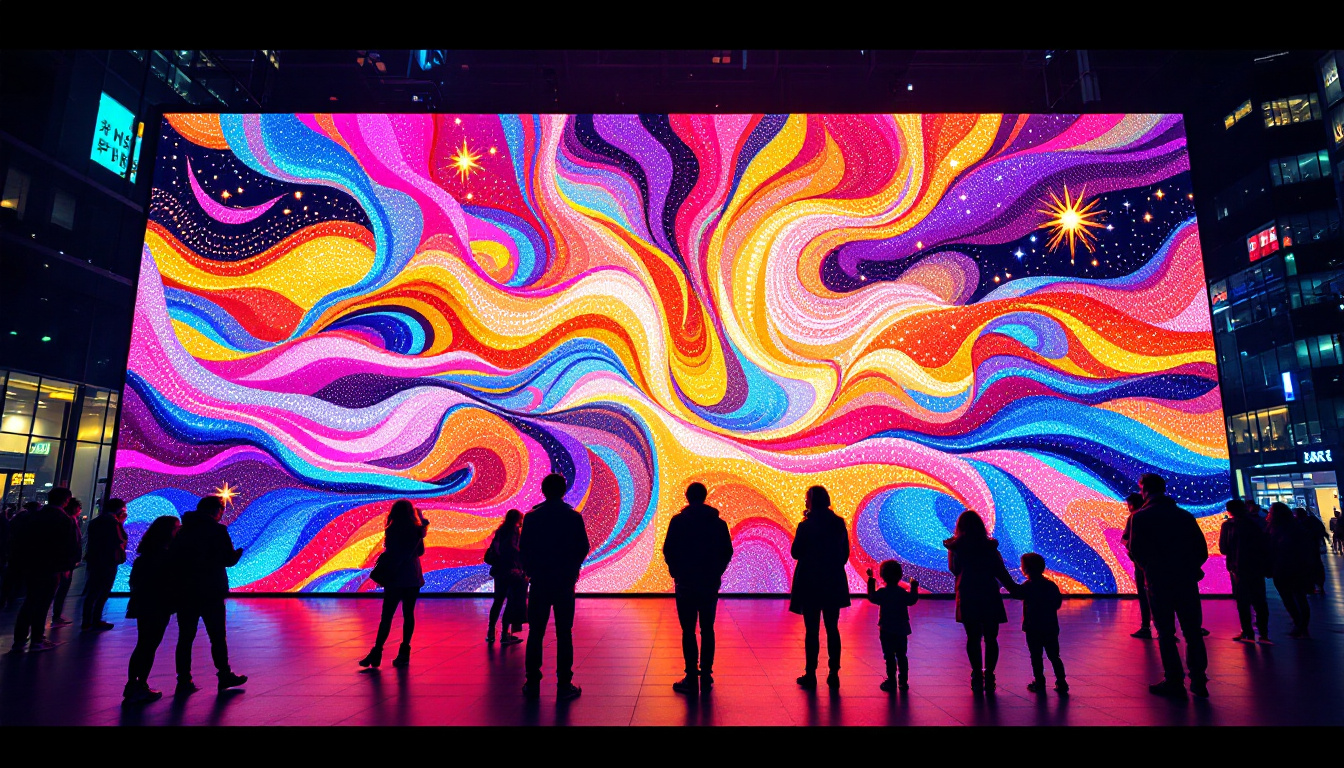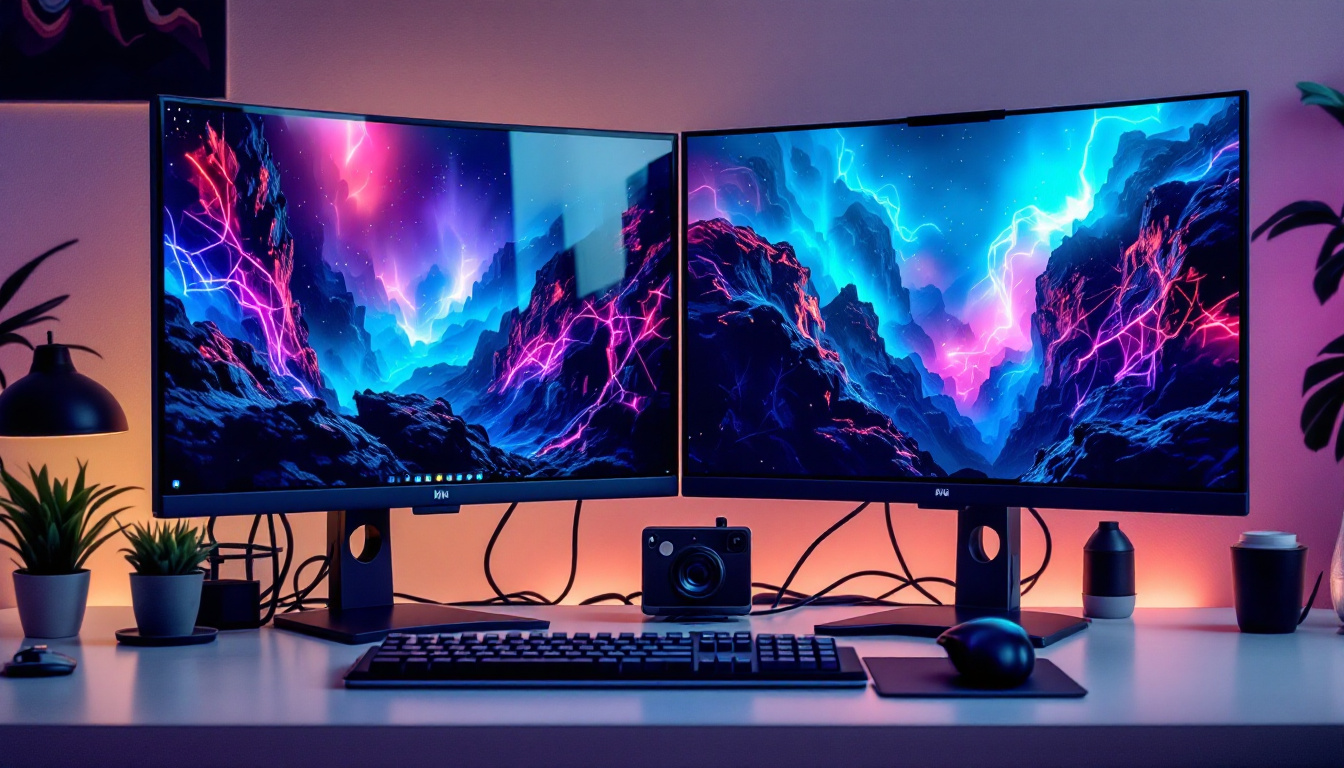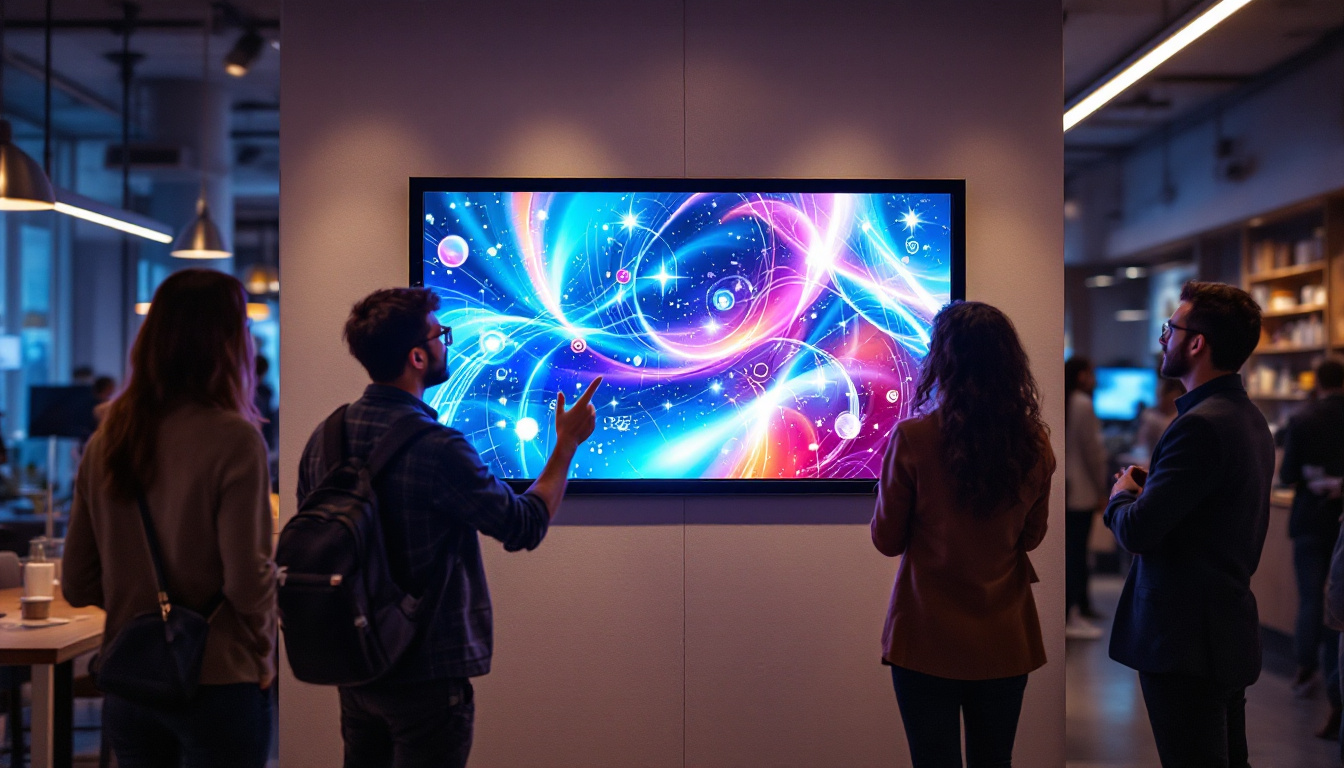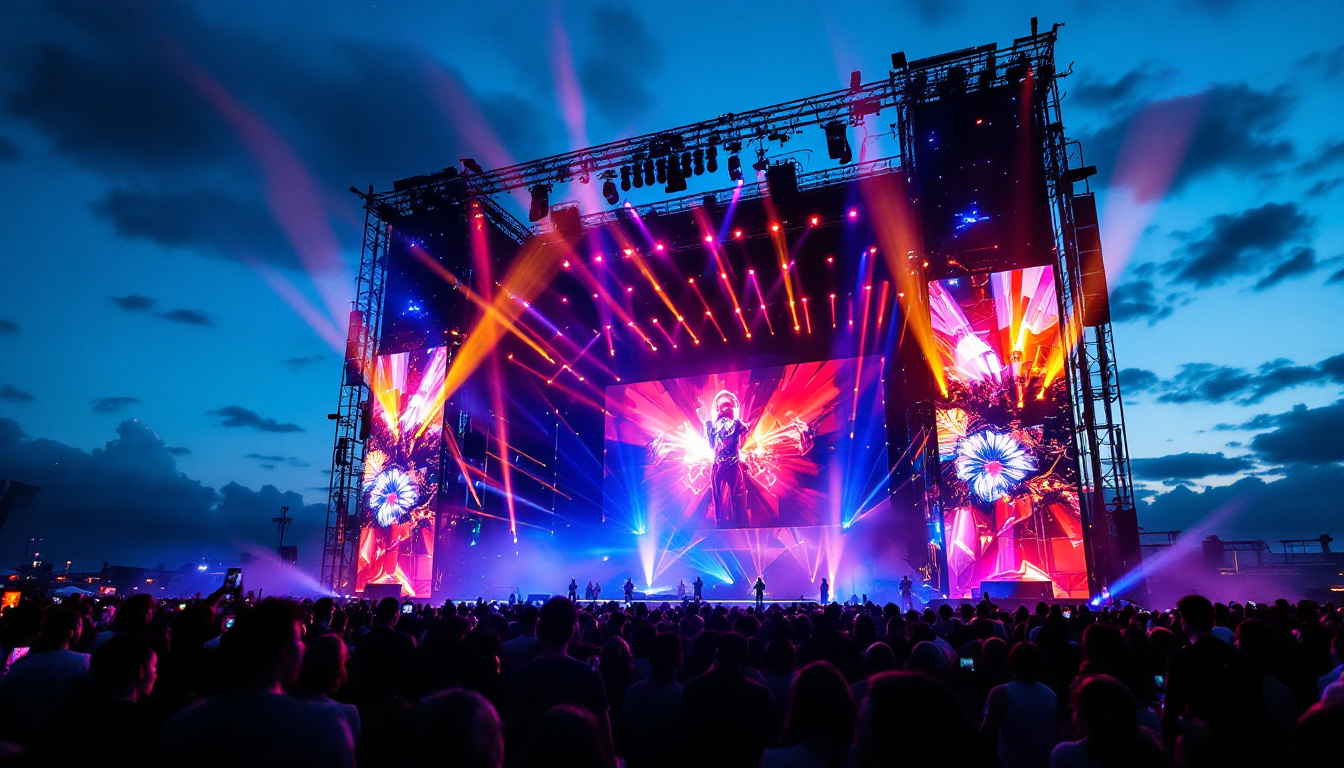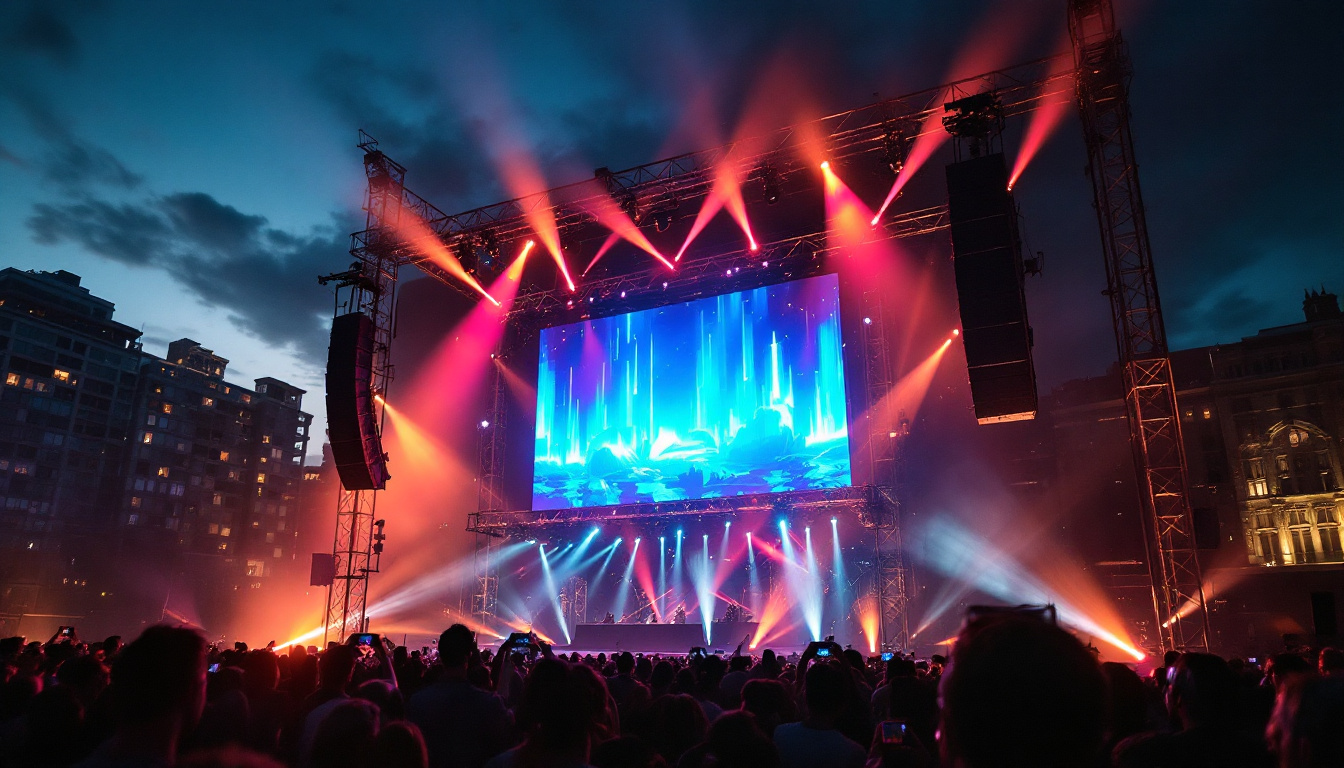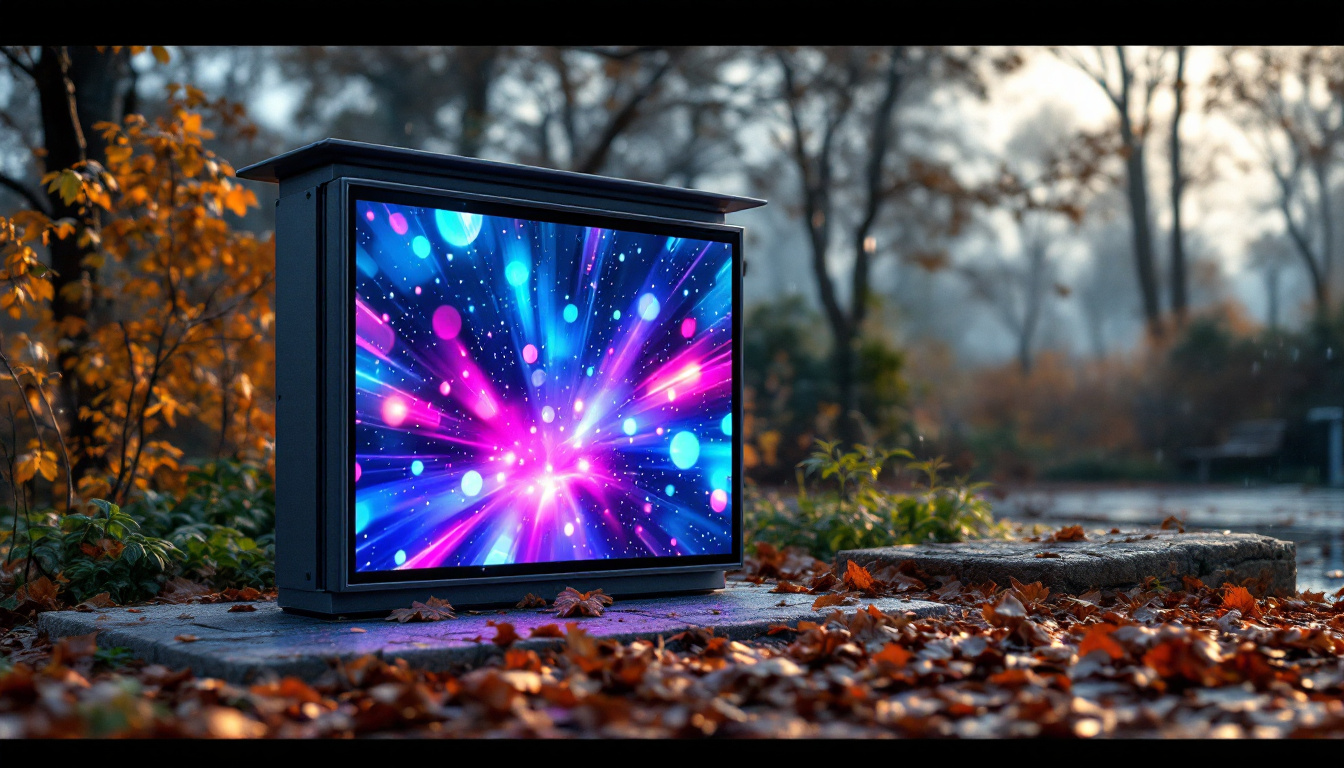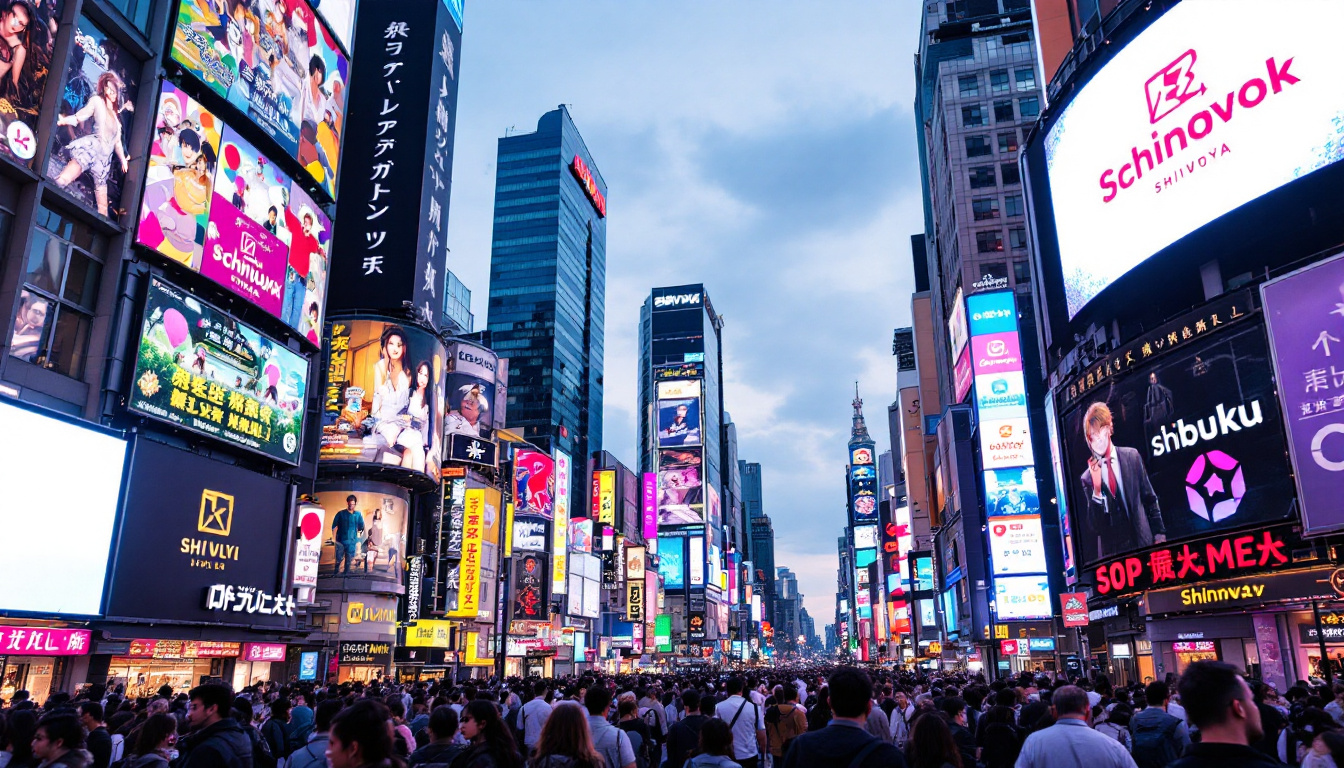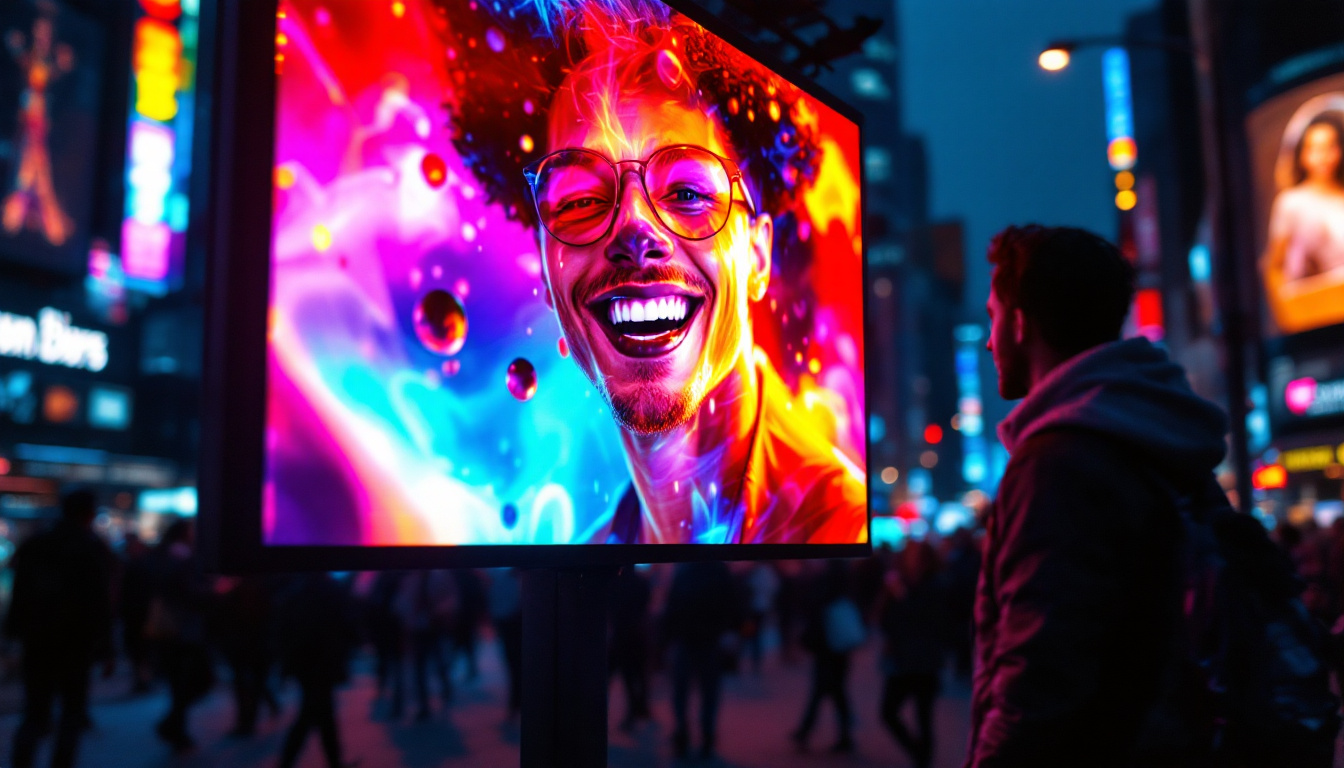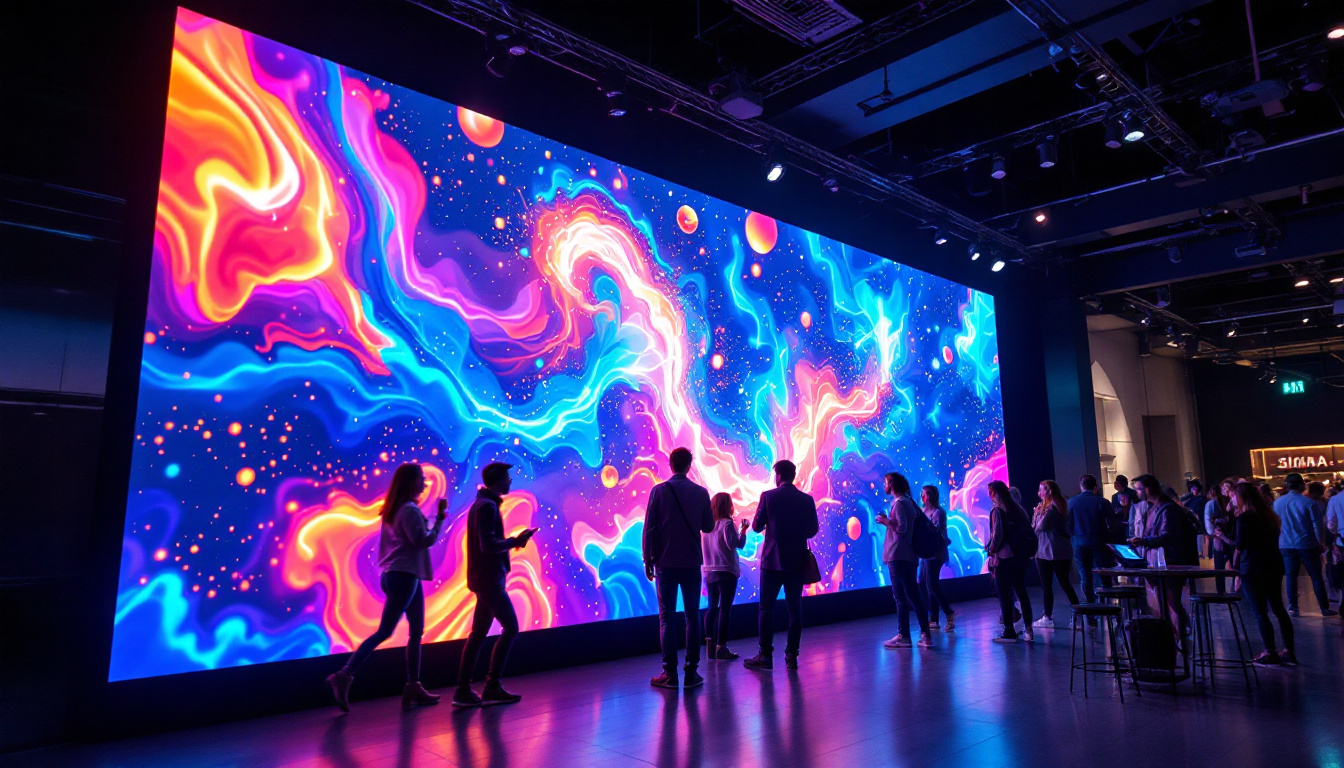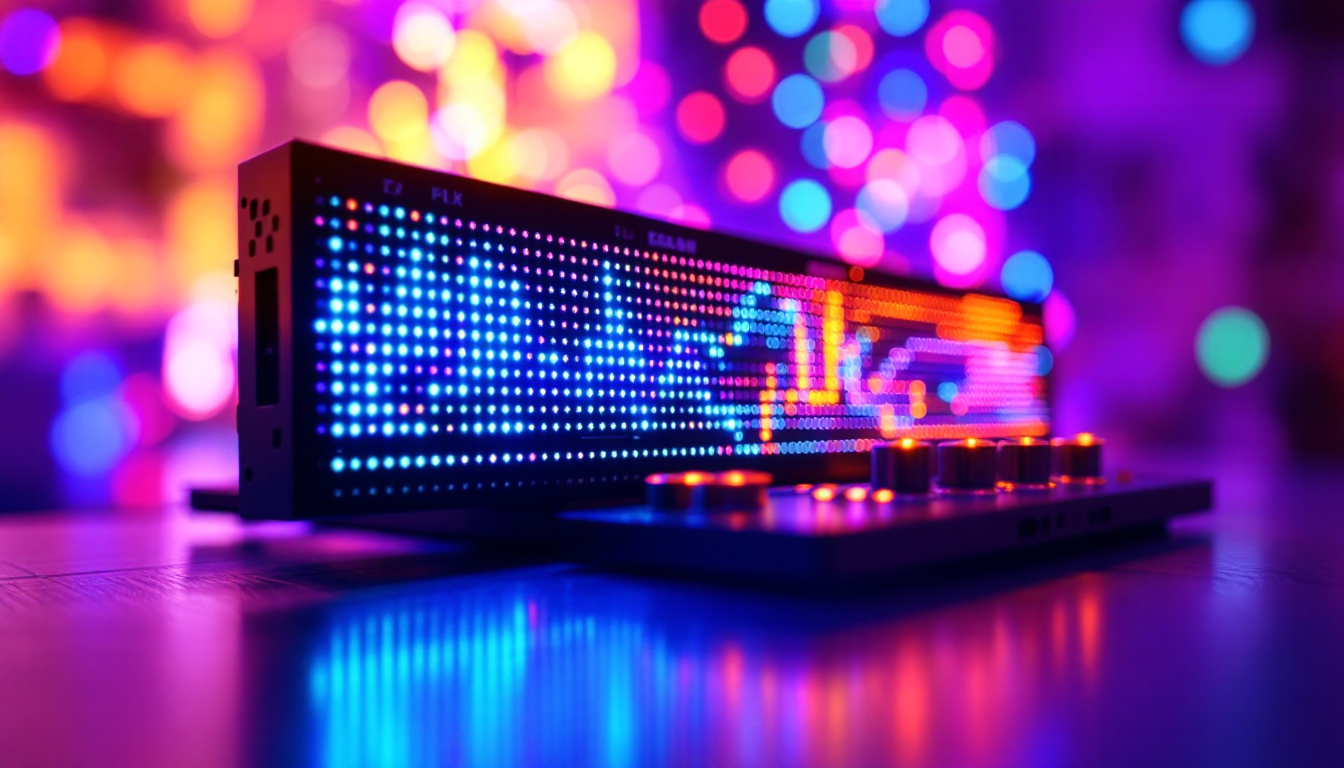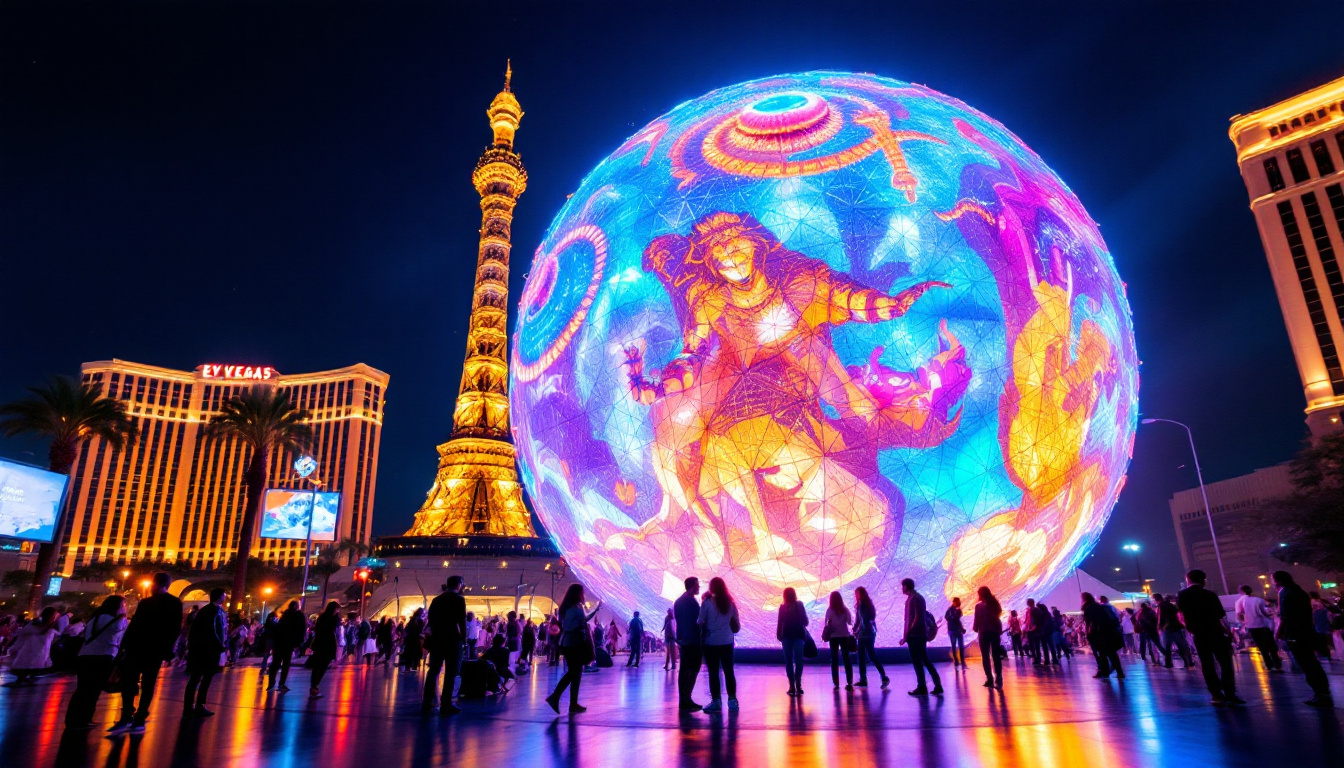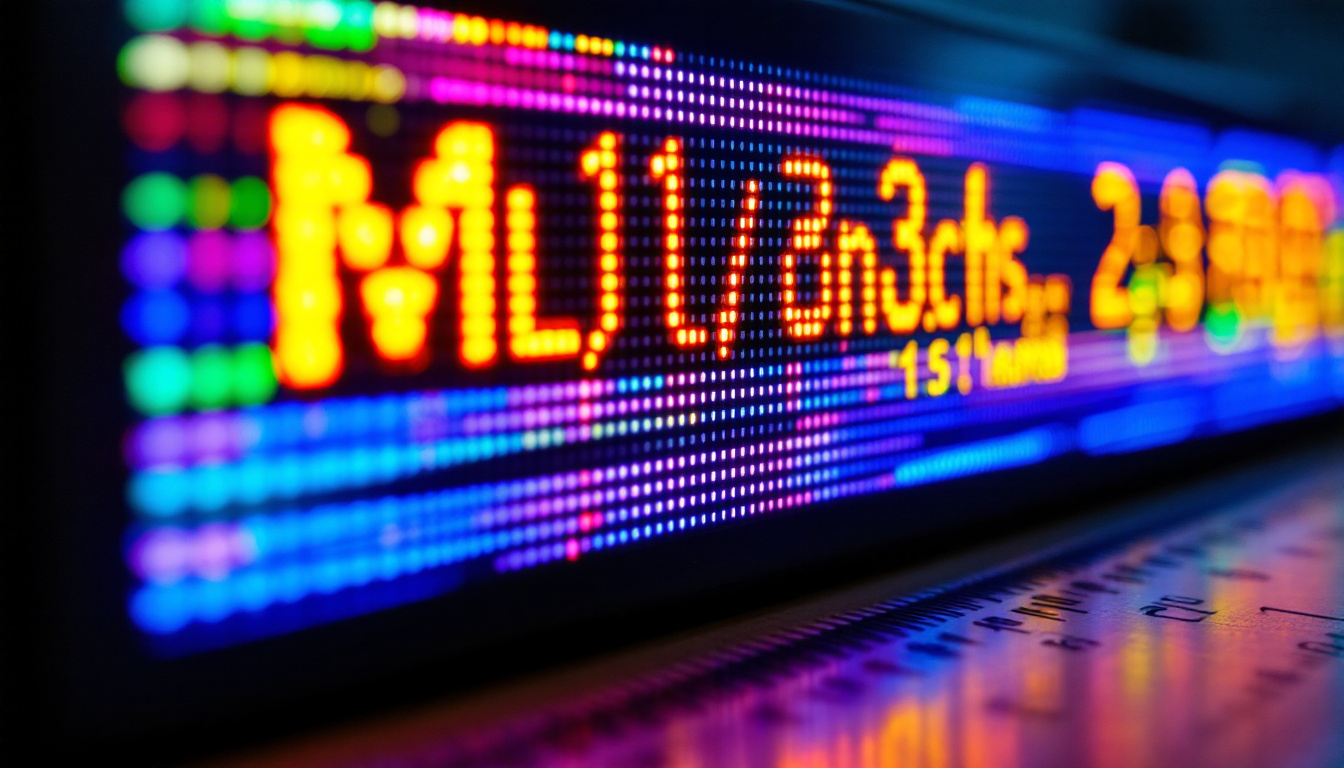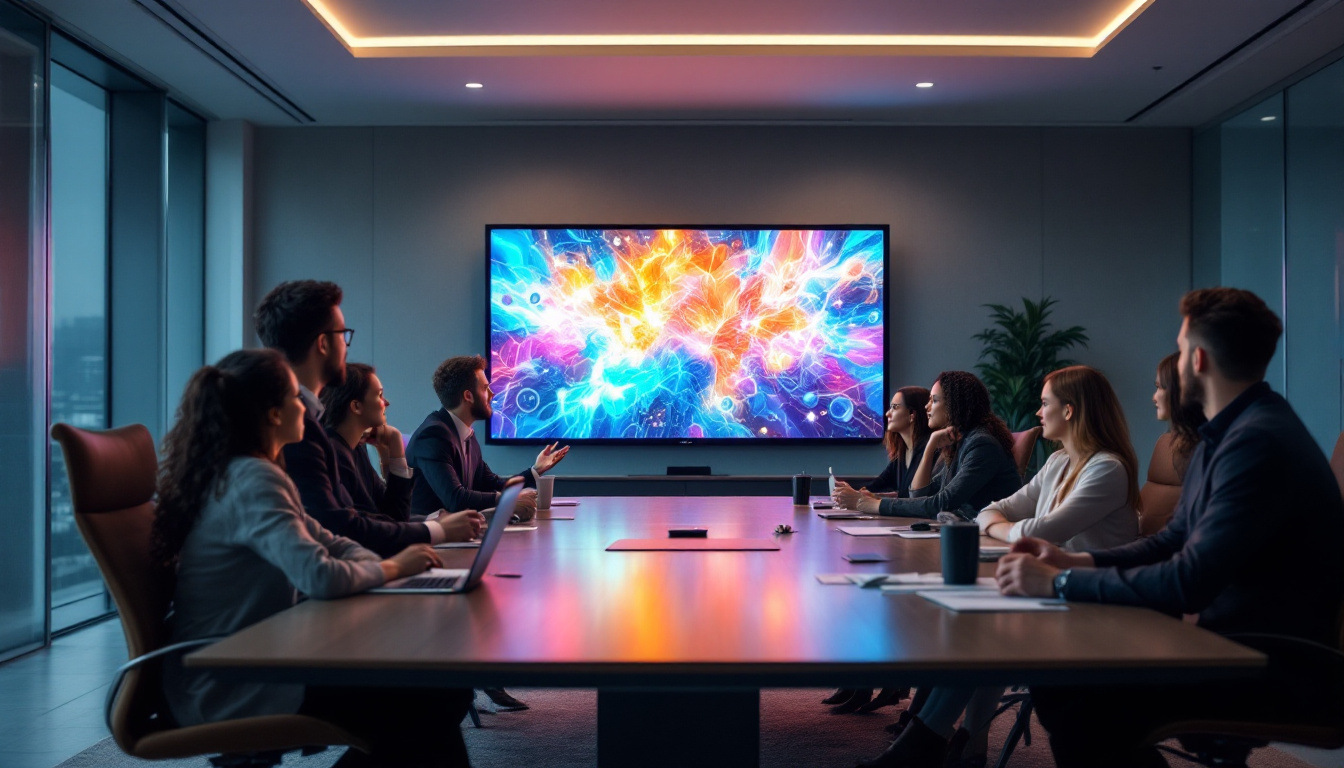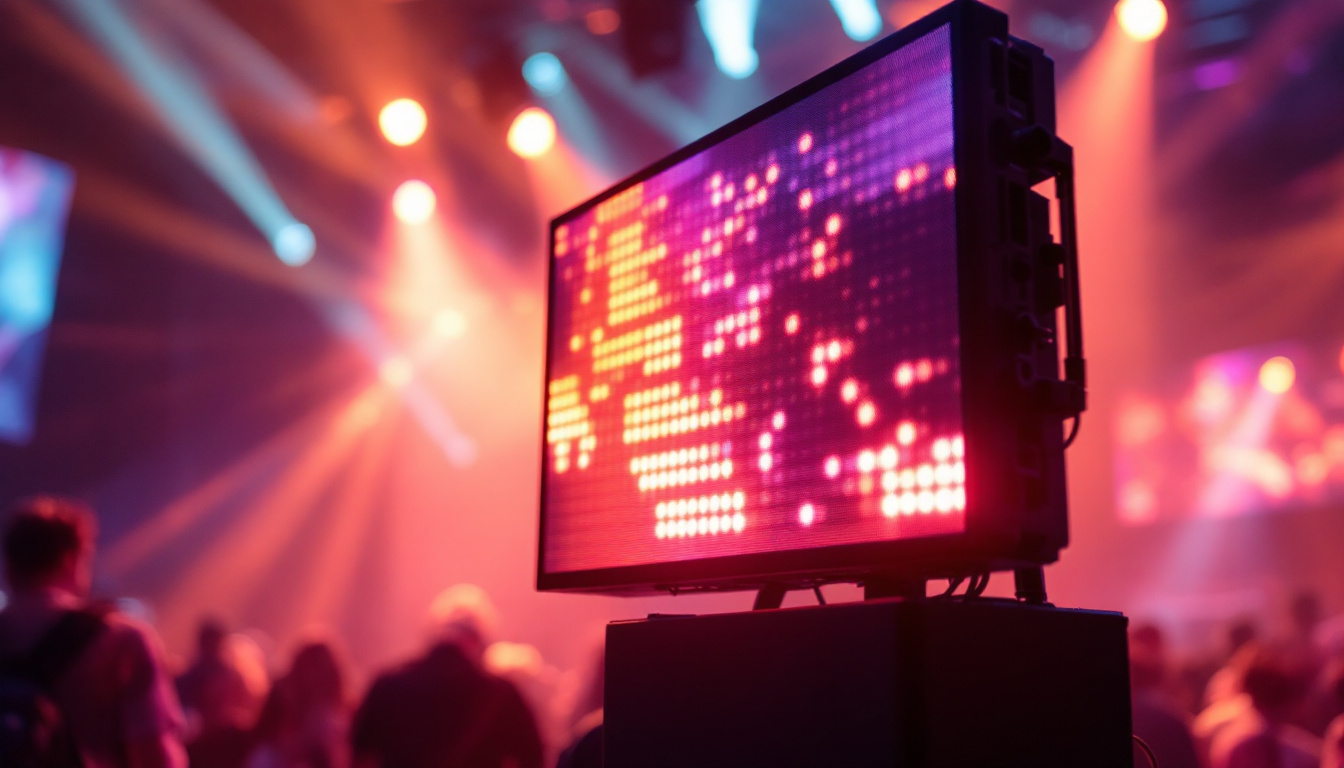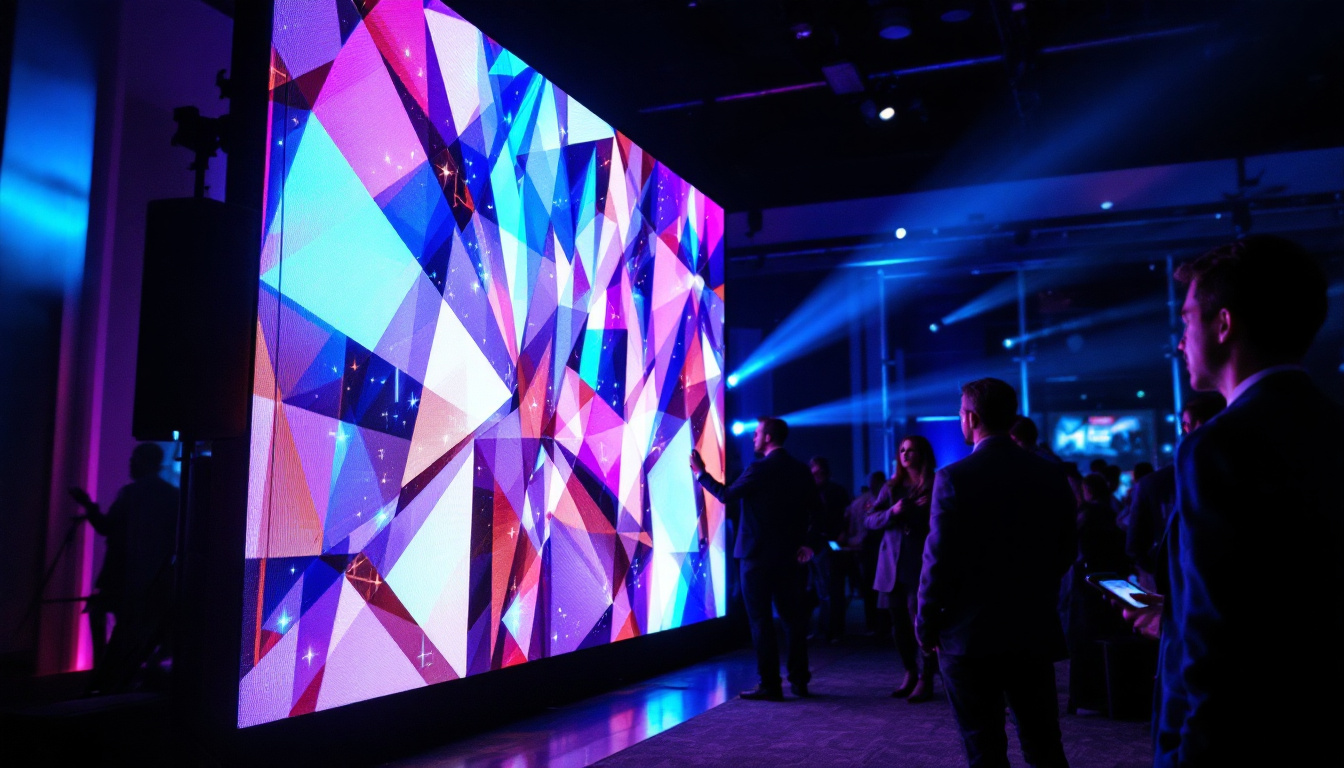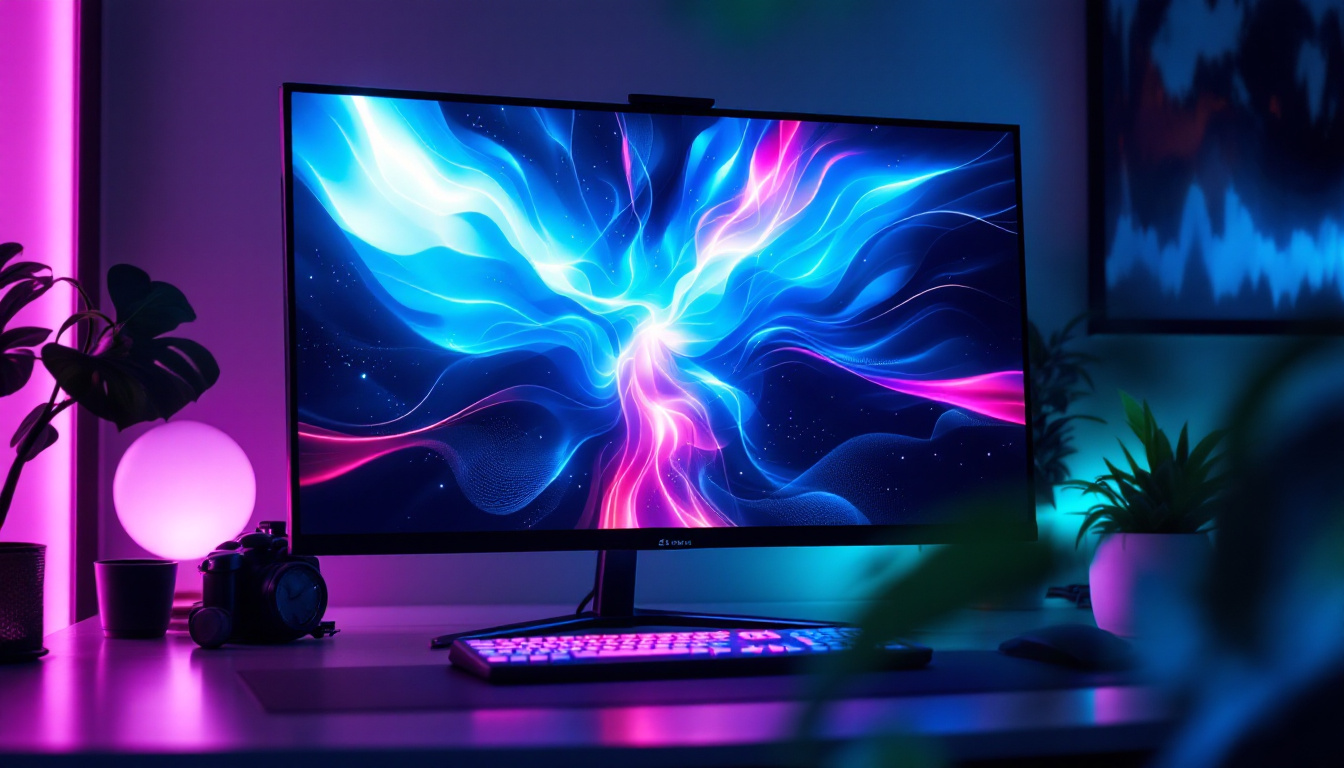In recent years, the integration of technology into everyday environments has transformed the way spaces are designed and utilized. One of the most innovative advancements in this realm is the use of lighted tiles, particularly those equipped with LED displays. These tiles not only serve as functional flooring solutions but also as dynamic canvases for artistic expression and information dissemination. This article delves into the intricacies of lighted tiles, exploring their technology, applications, and the future they promise.
Understanding LED Technology
LED, or Light Emitting Diode, technology has revolutionized the lighting industry by providing energy-efficient and long-lasting solutions. Unlike traditional incandescent bulbs, LEDs emit light when an electric current passes through a semiconductor material, resulting in minimal heat production and maximum brightness. This efficiency not only translates into lower energy bills but also contributes to a reduced carbon footprint, making LEDs a more sustainable choice for both consumers and businesses alike.
The compact size of LEDs allows for versatile applications, including integration into tiles. This technology enables the creation of vibrant displays that can be programmed to show various colors, patterns, and even videos, making them ideal for both aesthetic and functional purposes. The flexibility of LED tiles means they can be used in a variety of settings, from retail environments that need to attract customers with eye-catching visuals to home interiors where they can set the mood for any occasion.
The Components of LED Tiles
Lighted tiles consist of several key components that work together to create the desired visual output. At the core is the LED chip, which generates light. Surrounding this chip is a circuit board that manages the electrical flow and ensures efficient operation. Additionally, a protective layer, often made of glass or acrylic, safeguards the LEDs from physical damage and environmental factors. This layer not only enhances durability but can also be treated to reduce glare, ensuring that the light emitted is both pleasing and functional.
Another crucial aspect is the control system, which can be programmed to change the display according to specific requirements. This system can be controlled remotely, allowing for real-time updates and adjustments, making lighted tiles incredibly versatile. Advanced control systems can even integrate with smart home technology, enabling users to synchronize their lighting with music or other multimedia elements, thereby creating immersive experiences that captivate audiences and enhance the overall ambiance of a space.
Benefits of Using LED Tiles
The advantages of incorporating LED tiles into various environments are numerous. Firstly, their energy efficiency significantly reduces electricity costs compared to traditional lighting solutions. Secondly, the longevity of LED technology means that these tiles require less frequent replacement, further contributing to cost savings. This durability is particularly beneficial in high-traffic areas where lighting fixtures are subjected to wear and tear, as LED tiles can withstand harsher conditions without compromising performance.
Moreover, the ability to customize displays allows for creative freedom. Businesses can showcase their brand, while residential spaces can create unique atmospheres tailored to personal preferences. The interactive nature of LED tiles also enhances user engagement, making them an attractive option for public spaces. For instance, in museums or galleries, LED tiles can be utilized to create dynamic exhibits that respond to visitor interactions, providing an educational experience that is both informative and entertaining. Additionally, the potential for integrating LED tiles with augmented reality (AR) technologies opens up new avenues for innovative applications, further expanding the possibilities of this exciting lighting solution.
Applications of Lighted Tiles
Lighted tiles have found their way into a myriad of applications, ranging from commercial to residential settings. Their versatility allows them to adapt to different environments, enhancing both functionality and aesthetic appeal.
Commercial Spaces
In commercial environments, lighted tiles serve as powerful marketing tools. Retail stores, for instance, utilize these tiles to display promotional content, seasonal themes, or even interactive advertisements. The dynamic nature of LED displays captures customer attention, encouraging engagement and potentially increasing sales.
Moreover, in corporate offices, lighted tiles can be used to convey information in a visually appealing manner. Digital signage integrated into flooring can inform employees and visitors about directions, events, or company news, all while maintaining a modern aesthetic. This innovative approach not only enhances the workplace environment but also fosters a sense of professionalism and forward-thinking, making companies stand out in competitive markets.
Residential Use
In residential settings, lighted tiles can transform ordinary spaces into extraordinary experiences. Homeowners can use them in entryways, kitchens, or living rooms to create a unique ambiance. The ability to change colors and patterns allows for seasonal decorations or mood lighting, catering to various occasions. For instance, during festive seasons, homeowners can switch to warm colors that evoke a cozy atmosphere, while a cool blue palette might be perfect for a serene evening gathering.
Furthermore, lighted tiles can enhance safety in homes. For example, illuminated pathways can guide individuals through dark areas, reducing the risk of accidents. This practical application, combined with aesthetic appeal, makes lighted tiles a popular choice among homeowners. Additionally, they can be integrated with smart home systems, allowing homeowners to control lighting through voice commands or mobile apps, adding a layer of convenience and modernity to daily living.
Public Installations
Public spaces such as airports, museums, and parks are increasingly adopting lighted tiles to enhance visitor experiences. These installations can provide information, guide foot traffic, or simply create a visually stunning environment. In museums, for instance, lighted tiles can highlight exhibits or create immersive experiences that engage visitors on a deeper level. This not only enriches the educational aspect of the visit but also encourages repeat attendance as guests are drawn to the innovative use of technology in storytelling.
In urban settings, lighted tiles can contribute to the overall atmosphere of a city. They can be used in plazas or public squares to create vibrant displays that attract tourists and locals alike, fostering a sense of community and excitement. Additionally, these installations can be designed to reflect local culture or history, serving as a canvas for artistic expression that resonates with the identity of the area. As cities continue to evolve, the integration of lighted tiles in public spaces showcases a commitment to creativity and innovation, making urban environments more engaging and visually appealing.
Design Considerations for Lighted Tiles
When incorporating lighted tiles into a project, several design considerations must be taken into account to ensure optimal functionality and aesthetic appeal. Understanding the environment, intended use, and user interaction is crucial for successful implementation.
Choosing the Right Color and Brightness
The color and brightness of the LED tiles play a significant role in their effectiveness. Bright colors can capture attention and create a lively atmosphere, while softer hues may be more suitable for calming environments. It’s essential to consider the overall design theme and the emotions that different colors evoke.
Brightness levels should also be adjustable to accommodate varying lighting conditions. For instance, tiles in outdoor settings may need to be brighter during the day, while indoor tiles can be dimmed for a more intimate ambiance during the evening.
Durability and Maintenance
Given that lighted tiles are often installed in high-traffic areas, durability is a critical factor. Selecting tiles with robust materials that can withstand wear and tear is essential. Additionally, considering waterproof and dustproof options can enhance longevity, especially in outdoor applications.
Maintenance is another aspect to consider. While LED technology is known for its longevity, ensuring that the tiles remain clean and functional is vital. Regular inspections and cleaning can prevent issues and maintain the aesthetic appeal of the installation.
The Future of Lighted Tiles
The future of lighted tiles holds immense potential as technology continues to evolve. Innovations in LED technology, coupled with advancements in smart home systems, promise to enhance the functionality and interactivity of these tiles.
Integration with Smart Technologies
As smart home technology becomes more prevalent, the integration of lighted tiles with home automation systems is on the horizon. Homeowners will be able to control lighting, color, and patterns through voice commands or mobile applications, creating a seamless and personalized experience.
In commercial settings, businesses may utilize data analytics to tailor displays based on customer behavior. For example, tiles could change to reflect popular products or promotions, enhancing the shopping experience and driving sales.
Environmental Considerations
As sustainability becomes a focal point in design and construction, the environmental impact of lighted tiles will also come under scrutiny. Manufacturers are likely to explore eco-friendly materials and energy sources to minimize the carbon footprint of these products.
Moreover, the potential for solar-powered lighted tiles could revolutionize outdoor applications, providing sustainable lighting solutions that harness renewable energy. This would not only reduce electricity costs but also align with global efforts to promote sustainability.
Conclusion
Lighted tiles represent a fascinating intersection of technology, design, and functionality. Their ability to transform spaces, convey information, and enhance user experiences makes them a valuable addition to both commercial and residential environments. As advancements in LED technology and smart systems continue to unfold, the future of lighted tiles looks promising, offering endless possibilities for creativity and innovation.
Whether utilized in a bustling retail environment, a serene home setting, or a vibrant public space, lighted tiles are set to redefine how individuals interact with their surroundings. Embracing this technology not only enhances aesthetic appeal but also contributes to a more engaging and interactive experience for all.
Discover the Future of LED Displays with LumenMatrix
Ready to elevate your space with the cutting-edge technology of lighted tiles? LumenMatrix is at the forefront of LED display innovation, offering a wide range of solutions that bring your environment to life. From captivating Indoor and Outdoor LED Wall Displays to dynamic Floor LED Displays and beyond, our products are designed to transform your visual communication and create unforgettable experiences. Don’t miss out on the opportunity to enhance your brand visibility and engage your audience like never before. Check out LumenMatrix LED Display Solutions today and step into a world where design meets technology.

